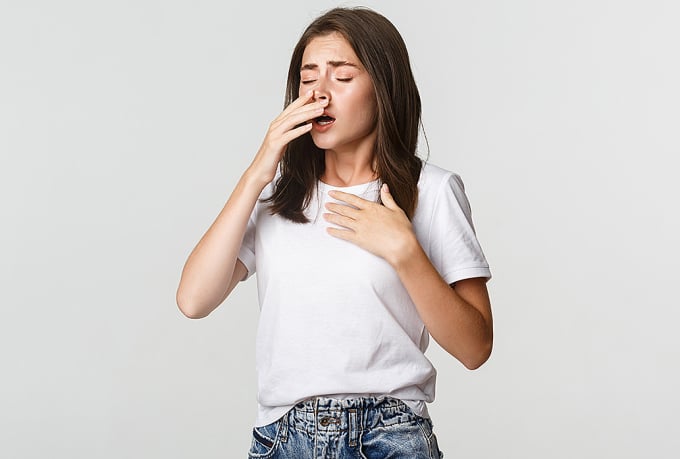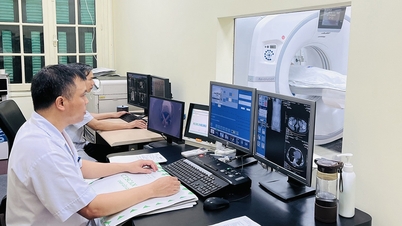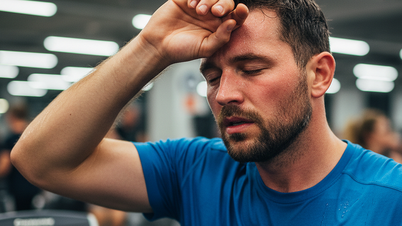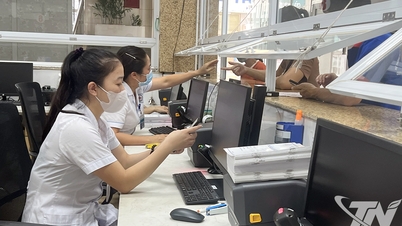Suppressing a sneeze can create airway pressure, leading to chest pain, ear infections, and, less commonly, ruptured blood vessels.
Sneezing is the body's way of removing irritants such as germs, pollen, or dust from the nose and throat. Many people often hold in their sneezes out of politeness in public or during meetings.
According to the American Lung Association, a strong sneeze can propel tens of thousands of droplets from your nose at speeds of up to 100 miles per hour. If you hold in a sneeze, the trapped air puts pressure on your airways, which can lead to a number of problems.
Chest pain
Suppressing the force of a sneeze can cause an uncomfortable feeling of tightness in the chest. The air pushes against the diaphragm (the muscle in the chest that helps us breathe). You may also feel pressure in your chest and ribs.
Perforated eardrum
A ruptured eardrum can occur when suppressing a sneeze, but this is rare. The nose and ear are connected by the eustachian tube. When you suppress a sneeze, the pressure in the nose increases, and this pressure is transmitted to the ear through the eustachian tube, causing trauma to the eardrum. If a strong, continuous sneeze is held, there is a high risk of a ruptured eardrum.

Sneezing helps remove irritants from the nose. Photo: Freepik
Ear infection
Sneezing due to a cold often carries a lot of mucus containing viruses or bacteria. These can move from the nose through the eustachian tube and into the ear, creating conditions for middle ear infections to develop. The middle ear can fill with pus, causing hearing loss and eardrum pain. Some other symptoms include headache, discomfort, and high fever above 39 degrees.
Rupture of blood vessels
Sneezing creates air pressure that can burst capillaries in the eyes, nose, or eardrums. After holding in a sneeze, the eye may develop some red spots on the eyeball, which is a sign that the blood vessels have been affected.
Sneezing is uncomfortable, but most of the time it is not life-threatening. To avoid spreading illness to others, the sneezer should cover his or her mouth and nose with a tissue. Then, throw the tissue away and wash your hands thoroughly with soap and water or use hand sanitizer. If a tissue is not available, it is best to sneeze into your elbow, turn your face away, or stay away from other people.
Anh Chi (According to Livestrong )
| Readers ask questions about ear, nose and throat diseases here for doctors to answer |
Source link



![[Photo] Colorful Mid-Autumn Festival in Hanoi's Old Quarter](https://vphoto.vietnam.vn/thumb/1200x675/vietnam/resource/IMAGE/2025/10/2/08ab35901a8f4a41af7f1ba1ef35380e)
































































































Comment (0)